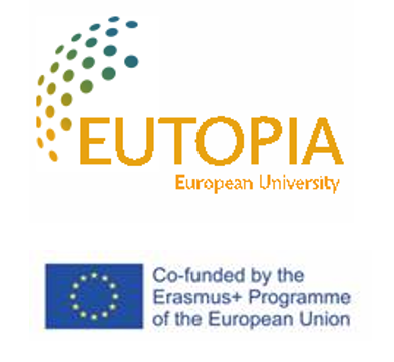Photography plays a double role towards public discourse. On the one hand, photographic images contribute to the formation of the collective, regional, national, or cross-national, narratives. On the other hand, they equally become sites of resistance towards these narratives. In the second half of the twentieth century, photography entered a wider circulation through magazine and book publications, exhibitions and museum displays. Through these various ‘lives’, it helped shape ideas around heritage, collective identity and memory. Particularly in periods of public unrest, contestation and conflict, it facilitated civil disobedience and opposition towards the dominant discourse. Photography and dissent Connected Research Community explores this duality of photography’s operations with respect to public discourse. Focusing on four axes: institutions, photobooks, photo-textual works and exhibitions, the CRC investigates how photography enters, invigorates, but also resists and upends collective narratives. Specifically, it pays attention to issues of inequality based on gender, race and ethnicity both in the way people are represented as well as in terms of access to image making and distribution. To achieve that, the CRC develops an interdisciplinary and trans-national approach at an intersection of visual culture, politics, history and literary studies.
Members
Katarzyna Ruchel-Stockmans, Vrije Universiteit Brussel (coordinator)
Camille Rouquet, Cy Cergy University Paris
Susana Martins, NOVA University Lisbon
Hannah Van Hove, Vrije Universiteit Brussel
Sanne Sinnige, Vrije Universiteit Brussel

